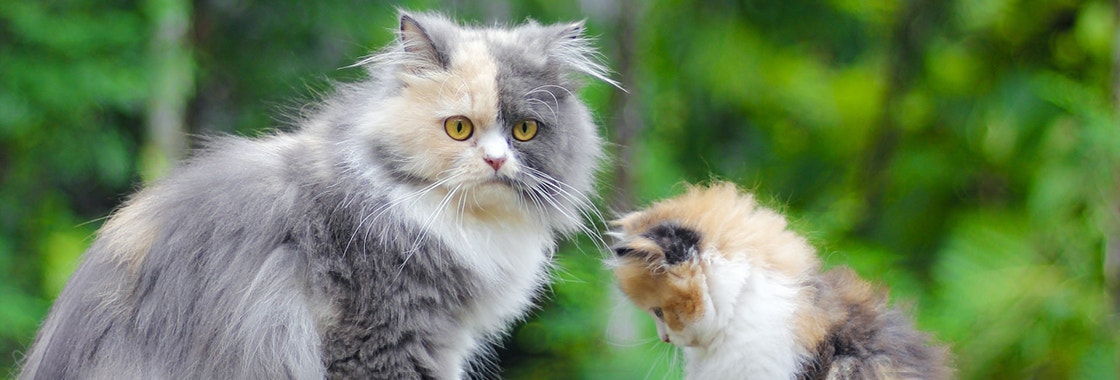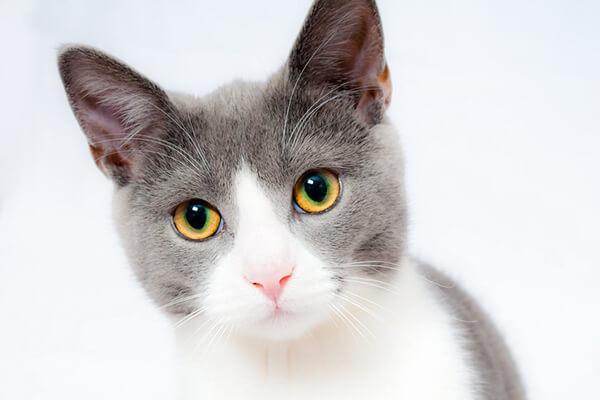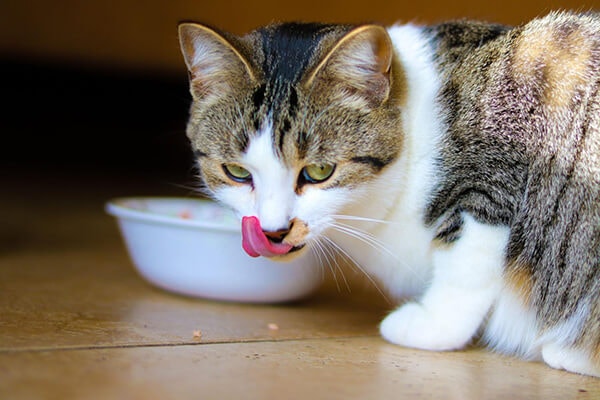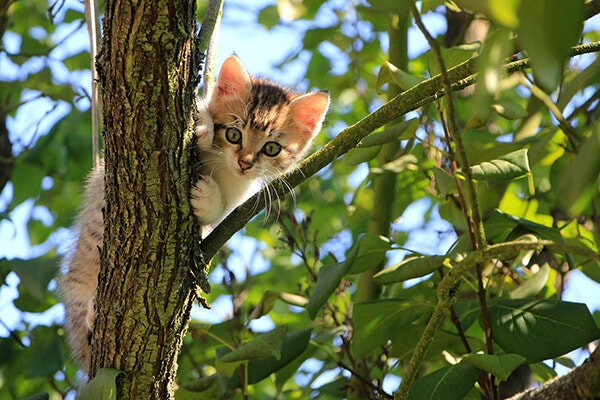What’s the difference between kitten food and cat food, and when should you switch?


Share
With kittens becoming cats at just 12 months, you’ll soon be thinking about how long you should feed them kitten food, and the right time to make the transition from kitten food to cat food. When and how to make this change stress-free for you and your cat, plus the difference between kitten and cat food, are questions we’ll answer simply, as well as tips on choosing the right adult food for your young adult cat.
Differences between kitten and cat food
To fuel healthy growth, kitten food is more nutrient-packed and contains more calories, protein and fat than adult cat food. Extra amino acids and fatty acids to support tissue development is also an important difference between kitten and cat food, as are extra vitamins and minerals, such as calcium and phosphorus, for the development of strong bones and teeth.
Growing kittens use up a huge amount of energy with resting energy requirements over double that of an adult cat. When to start feeding kittens cat food should therefore be judged carefully. Switching too early will mean insufficient calories for the ideal weight gain, while leaving the change too late could lead to obesity problems in a young cat.
When to switch from kitten to cat food
When to start feeding kittens cat food is determined by breed size but most experts recommend that an average feline should make the switch between 10-12 months of age. At this point, a young cat has reached around 90% of their fully grown weight. How long to feed kittens is not an exact science though as certain larger breeds of cat will not get to the right point of maturity until 18 months or even older, and some other kittens may be ready to transition earlier. It’s best to check with your vet if in doubt about the right time to switch from kitten to cat food.
How to change your kitten’s food
The most important tip when you are transitioning from feeding kitten food to cat food is to do it gradually over a week or so, for feline gut health to be maintained. It avoids your kitten from having too much of a shock to their stomach, which can result in vomiting or diarrhoea, as well as the worrying situation of them refusing to eat at all. By stopping kitten food and starting cat food gradually over a period of time, you can mix the two together as a meal, using the simple chart below for guidance on ratios:
| Days | % Kitten Food | % Adult Food |
| 1-2 | 75% | 25% |
| 3-4 | 50% | 50% |
| 5-6 | 25% | 75% |
| 7-10 | 10% | 90% |
If your kitten finds the transition difficult, just repeat the process recommended in the chart, adding an extra day at each stage. There are also plenty of food options in the market, varying in taste and composition, so you can try several to find the one your cat loves.
How to choose adult cat food
Look for a cat food with a high protein and low carbohydrate content, as some food uses carbs such as rice and grains as ‘fillers’ not strictly needed by your cat. Cats are carnivores and primarily need protein from meat or fish to provide energy and maintain optimum health. Animal protein also provides cats with essential amino acids which they cannot produce themselves, such as taurine for heart, eye and reproductive health. Experts recommend at least 26% meat protein in an adult cat’s diet. Quality cat food, like SHEBA®, contain over 40% meat protein across the range. Cats also need essential vitamins, minerals and healthy fats in their diet, so look out for food that contains Omega-3 and Omega-6 fatty acids, taurine (an amino acid), as well as plenty of vitamins and minerals.
Wet food is also an important source of moisture for cats who are often reluctant water drinkers. Wet food contains up to 80% water, as opposed to dry food with only 10% moisture content, your cat may largely have its daily hydration needs met by wet food.
Find out more about the best diet for your cat when transitioning your kitten to adult cat food in our article ‘Wet vs dry cat food: which is better?’. You may also find it helpful to take a look at SHEBA® adult wet food with a menu of exceptional recipes to suit the tastes of every new adult cat.



